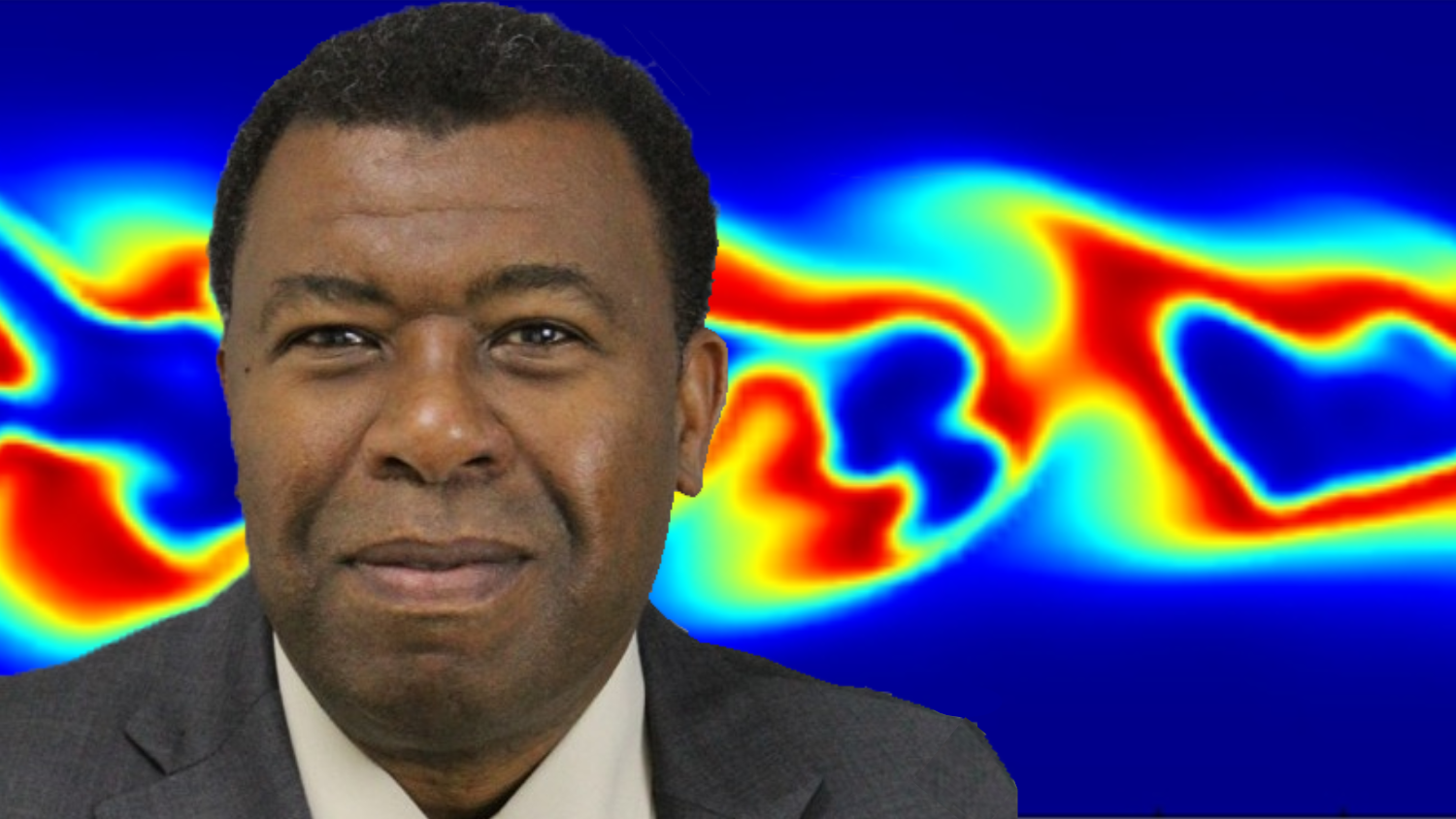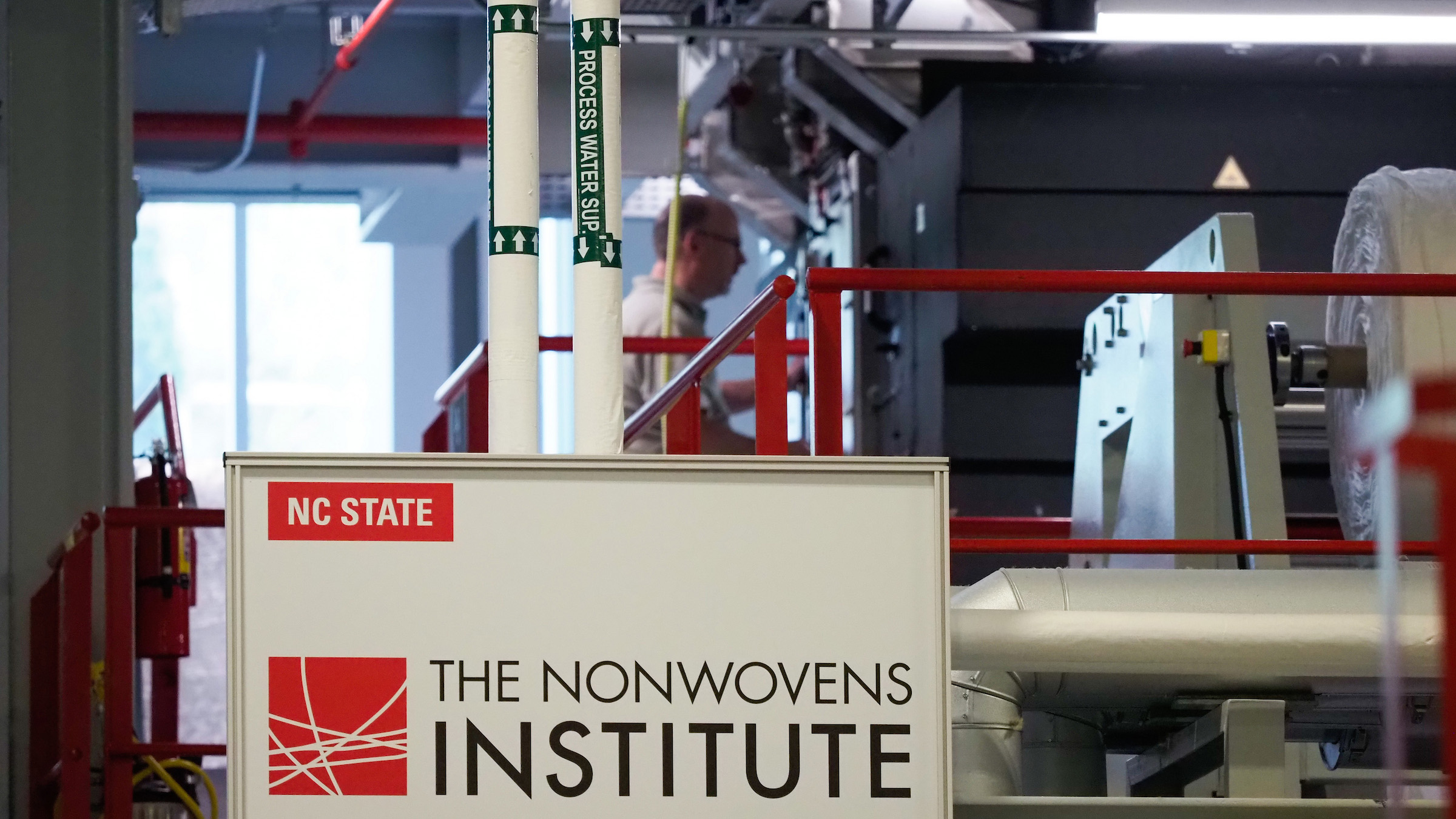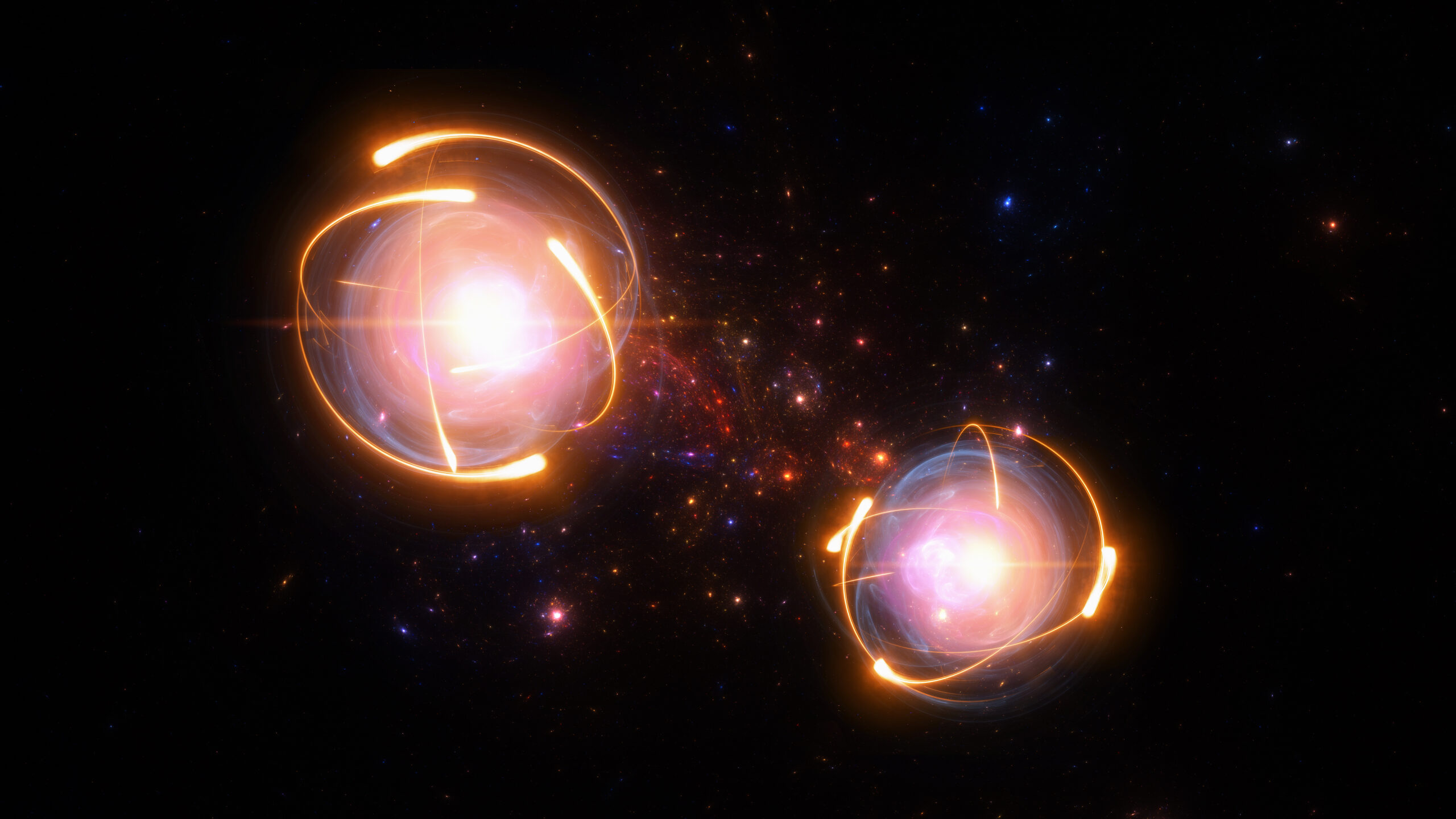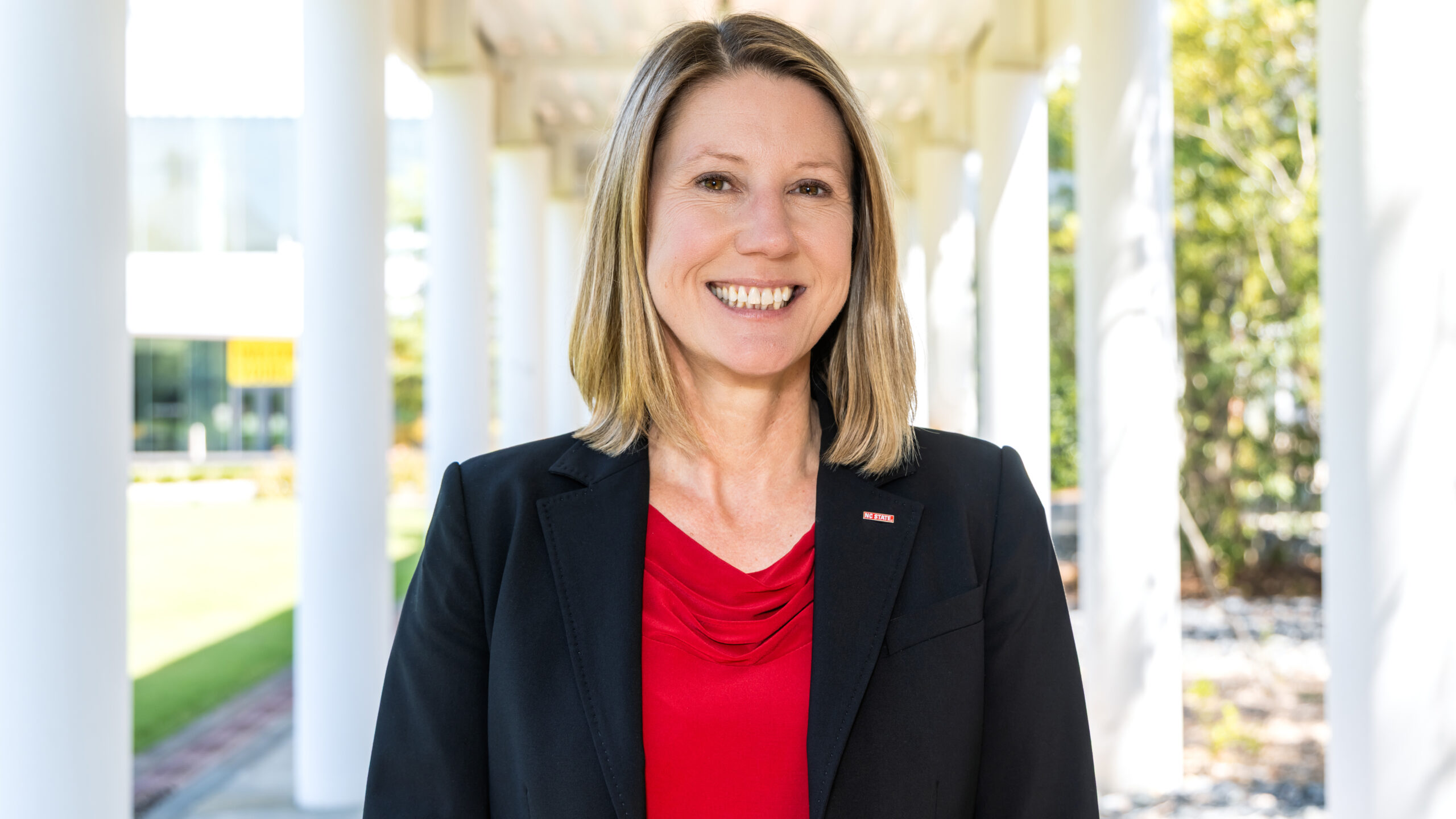A Clean Burn
Mechanical and aerospace engineering Professor Tarek Echekki’s computational combustion lab is partnering with Sandia National Laboratories to reduce harmful emissions.

Most of the energy we use for our daily needs – turning on the heat or driving a car, for example – comes from the combustion, or burning, of fossil fuels like coal, oil and natural gas.
“Fossil fuels have this nice feature that they can carry a lot of energy for a given mass or volume. The problem is when you burn fossil fuels, you also produce carbon dioxide and pollutants. And that’s not good.”
Tarek Echekki has spent his career researching combustion to understand how combustion efficiencies can be improved and how harmful emissions from combustion can be reduced. Echekki has been a professor at NC State for 21 years in the Department of Mechanical and Aerospace Engineering, where he teaches courses in fluid mechanics, thermodynamics, turbulence and, of course, combustion.
Through his Computational Combustion and Energy Sciences Lab, Echekki and his students join forces with combustion researchers at Sandia National Laboratories in Livermore, California. Together, they work on developing models to reduce the computational cost of turbulent combustion simulations. Such simulations can help understand how combustion can be efficiently and cleanly achieved.
With locations in Livermore and Albuquerque, New Mexico, Sandia is a Department of Energy National Nuclear Security Administration laboratory. Its missions include nuclear deterrence, energy, homeland and global security, and the fostering of science and engineering education. Echekki spent the early part of his career working at Sandia with combustion scientist Jacqueline Chen. In 2020, Chen received a U.S. Department of Energy (DOE) Office of Science Distinguished Scientist Fellows Award that promotes collaboration between DOE laboratories and universities. Thus, their most recent partnership began.
“There’s always a push to make combustion clean and efficient,” says Echekki. He acknowledges that slowing the rise of global temperatures won’t happen overnight. “There’s no magic wand here.”
The more scientists understand about combustion, however, the faster they can deploy renewable fuels and new technologies that increase energy efficiency and reduce harmful emissions. That’s where modeling comes in.
“We isolate certain interactions, let’s say turbulence and chemical reactions, or maybe radiation and chemical reactions,” Echekki says. “We come up with what’s called canonical or toy problems, from which you can build knowledge so that you can put them into the bigger problem.”
Another challenge to combustion research is cost. This partnership enables broader access to talented personnel resources and computational modeling facilities. Sandia’s researchers come from all over the world, and Echekki and Chen’s teams meet on Zoom every other week. “A problem can be accelerated if you have more talented [people] working on it,” Echekki says. “People are pitching in all the time and giving ideas. It’s a great working relationship.”
Echekki says research can hit a bottleneck when a project lacks enough data to draw conclusions or when simulations are too expensive to run. “If you’re able to accelerate simulations and use the available computational resources to run variations on the same problem to explore the parameter space, you will have a better understanding of the physics,” Echekki says. “That’s when you get to the stage of discovery.”
- Categories:


